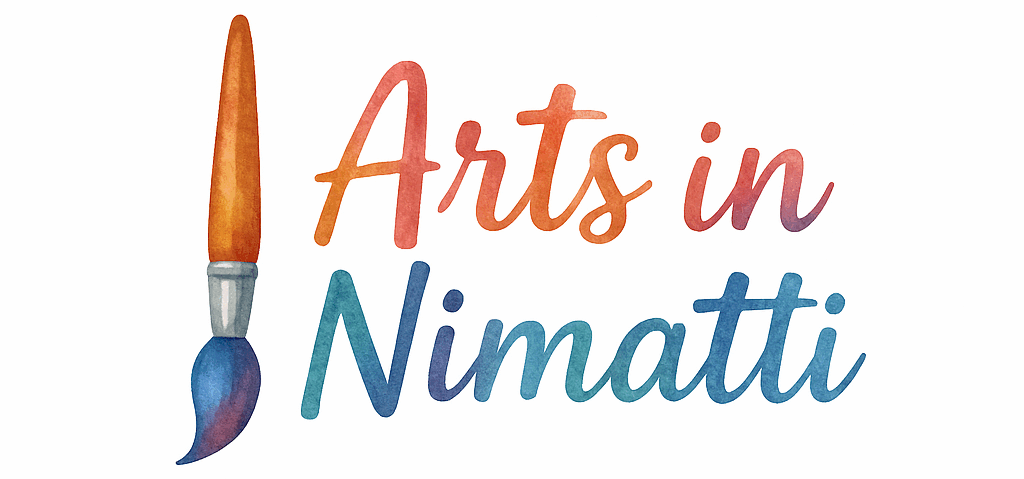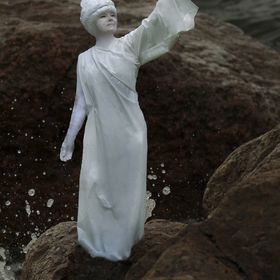Art fairs are a fantastic opportunity for artists to showcase their work, build their brand, and connect with potential buyers. But with the right strategies, these events can become lucrative opportunities to maximize both sales and exposure. Whether you’re a seasoned artist or a beginner, these 8 art fair tips will help you make the most out of every event you attend.
Why Art Fairs Are Essential for Artists
Art fairs are much more than just events where you sell your art. They are places to connect with potential buyers, expand your network, and gain exposure. For emerging artists, art fairs are often the first stepping stone toward recognition in the broader art market.
The Benefits of Participating in Art Fairs
Art fairs offer you a chance to present your work directly to an audience of art enthusiasts, collectors, and galleries. This immediate interaction can provide valuable feedback and lead to sales that might not be possible in traditional gallery settings. In addition, many artists find that participation in art fairs helps them build lasting relationships with buyers who come back for future works. To learn more about how art fairs benefit your creative career, check out Artist Lifestyle.
Understanding the Role of Art Fairs in Building Your Brand
For artists, participating in art fairs helps establish and promote your brand. With the right presentation, art fairs can enhance your credibility and visibility. Building a solid brand presence at these events is a step toward long-term success in the art world. If you want to explore how branding plays a role in art business, visit our Art Business section.
Tip #1: Choose the Right Art Fair
Choosing the right art fair is critical to maximizing your exposure and sales. Not every art fair will be suitable for your style or market.
Researching the Best Art Fairs for Your Art
It’s important to select fairs that align with your art form. If you are an abstract painter, attending an art fair that specializes in contemporary art may be more beneficial than participating in one that focuses on photography or sculpture. Research the art fair’s audience, its reputation, and the types of artists it attracts. Check out the Art Education page to learn more about how to choose the best art fairs for your style.
Niche vs. General Art Fairs
Niche art fairs can be a great choice if your work aligns with a specific category (e.g., fine art, contemporary, or landscape). On the other hand, general art fairs offer you a broader audience and a chance to be exposed to diverse potential buyers. To better understand how niche art fairs work, visit our Art Techniques section for tips on targeting specific audiences.
Tip #2: Create a Professional and Engaging Booth Display
Your booth is your sales pitch—it’s how you’ll attract visitors and make your first impression. A well-thought-out display can make all the difference.
The Importance of Presentation in Art Sales
An art fair booth should reflect your personal artistic style and professionalism. A cluttered or disorganized display can turn off potential buyers. Ensure that your booth is clean, well-lit, and visually appealing. Take a look at our Art Portfolio section for tips on presenting your art and creating a cohesive display.
What to Include in Your Booth Design
Your booth should include a mix of your best works and various price points to appeal to a wider range of buyers. High-quality prints, limited editions, and original pieces should be displayed in a way that draws the eye. Don’t forget to include your contact details, artist bio, and website information. For more tips on creating an eye-catching booth, visit Creative Habits.
Tip #3: Pricing Your Art Appropriately
Pricing your art can be one of the most difficult aspects of participating in an art fair. Price it too low, and you risk undervaluing your work; price it too high, and you might deter buyers.
How to Set a Pricing Strategy for Art Fairs
When setting prices, consider your material costs, time investment, and market value. It’s also helpful to research what other artists are charging at the same fair or similar events. If you’re new to pricing, check out our tips on setting prices for your artwork under Painting Tips.
Avoiding Common Pricing Mistakes
One common mistake is underpricing art, especially for emerging artists. Remember, your time, effort, and creativity are valuable. Properly pricing your work not only ensures fair compensation but also establishes your art’s value in the eyes of potential buyers. Learn more about art product pricing strategies.
Tip #4: Network with Other Artists and Attendees
Networking is an important part of every art fair experience. It’s not just about selling your work; it’s also about connecting with other artists, buyers, and art world professionals.
Building Connections with Fellow Artists
Art fairs bring together a diverse group of artists. Take advantage of this opportunity to share ideas, ask for feedback, and build relationships with your peers. These connections may lead to future collaborations or valuable insights. To learn more about connecting with other creatives, explore Artist Life.
Engaging with Potential Buyers
Don’t just wait for buyers to approach you—engage with them. Be approachable, answer questions, and explain the story behind your work. Building rapport can turn a casual visitor into a serious buyer.

Tip #5: Promote Your Presence Before the Event
Getting the word out about your participation in an art fair before the event starts can drive more visitors to your booth and increase the likelihood of sales.
Utilizing Social Media for Promotion
Social media is a powerful tool for artists looking to attract attention before an art fair. Post sneak peeks of your art, behind-the-scenes content, and event details to build excitement. Follow up with daily posts during the event to keep your followers engaged. For more tips on using social media for your art, check out our Art Tutorial section.
How to Use Your Art Website and Email List Effectively
Leverage your existing network by sending email updates to your subscribers about the event. Include the art fair details, special offers, or sneak peeks of your new pieces. This direct communication can help drive more people to your booth.
Tip #6: Offer Limited-Edition Art and Special Deals
Limited-edition pieces can create a sense of exclusivity, prompting buyers to act quickly. Special offers also give you an edge over other artists at the fair.
Why Limited Editions Can Boost Sales
Limited editions often sell faster because they create urgency among buyers. When people know that only a few pieces are available, they are more likely to make a purchase. To explore more about exclusive art offerings, check out our Idea Generation.
Offering Discounts and Exclusive Offers
Offering special deals during the art fair can increase your sales. You could provide a discount on a second piece or offer bundled pricing for art prints. Whatever your strategy, make sure it feels exclusive and time-sensitive.
Tip #7: Be Approachable and Engaging
Being approachable and engaging is key to creating lasting impressions at an art fair.
The Power of a Warm, Friendly Attitude
A friendly attitude can make a huge difference in how potential buyers perceive you and your art. Smile, introduce yourself, and make visitors feel comfortable. If you’re open and approachable, they’re more likely to return later.
Engaging Customers without Being Overbearing
While it’s important to engage with visitors, it’s equally important not to come across as too pushy. Strike a balance by being attentive without pressuring them into a purchase. Visit our Artist Lifestyle page for more tips on how to maintain a professional yet friendly presence.
Tip #8: Follow Up with Potential Buyers
Not every buyer will purchase on the spot, but that doesn’t mean the opportunity is lost. Following up with potential buyers can help turn a casual interest into a sale.
Collecting Contact Information for Future Sales
Ask visitors for their contact information, such as an email address or phone number, so you can follow up with them later. Offering a discount or exclusive offer for those who sign up for your newsletter can be a great incentive.
How to Follow Up After the Art Fair
After the event, send a personalized email thanking them for visiting your booth. Include additional images of the artwork they showed interest in, and offer any post-event discounts or exclusive offers. This can help you maintain a connection and encourage future purchases.
Conclusion
Art fairs are an invaluable opportunity for artists to increase their sales and gain exposure. By choosing the right fair, creating a professional booth, networking, and promoting your work before and after the event, you can maximize the potential of every art fair you attend. By following these 8 tips, you’ll be well on your way to establishing yourself in the art world.
Final Thoughts on Succeeding at Art Fairs
Success at art fairs is about preparation, presentation, and engagement. With the right approach, art fairs can lead to new customers, greater visibility, and increased sales. Don’t forget to continuously refine your approach and learn from each experience.
FAQs
1. How do I choose the right art fair for my work?
Research the event, understand its audience, and make sure your art aligns with the fair’s focus.
2. What should I include in my art fair booth?
A clean, well-lit booth with your best works, pricing details, and artist bio.
3. How can I promote my art fair participation?
Use social media, your website, and email newsletters to build awareness before the event.
4. Should I offer limited editions at art fairs?
Yes, limited editions can create a sense of urgency and drive sales.
5. How do I price my art for an art fair?
Consider material costs, time, and market value when setting your prices.
6. How can I network at art fairs?
Engage with fellow artists and potential buyers by being approachable and open to conversation.
7. Is following up with buyers important?
Absolutely. Following up helps keep the connection alive and can lead to future sales.


